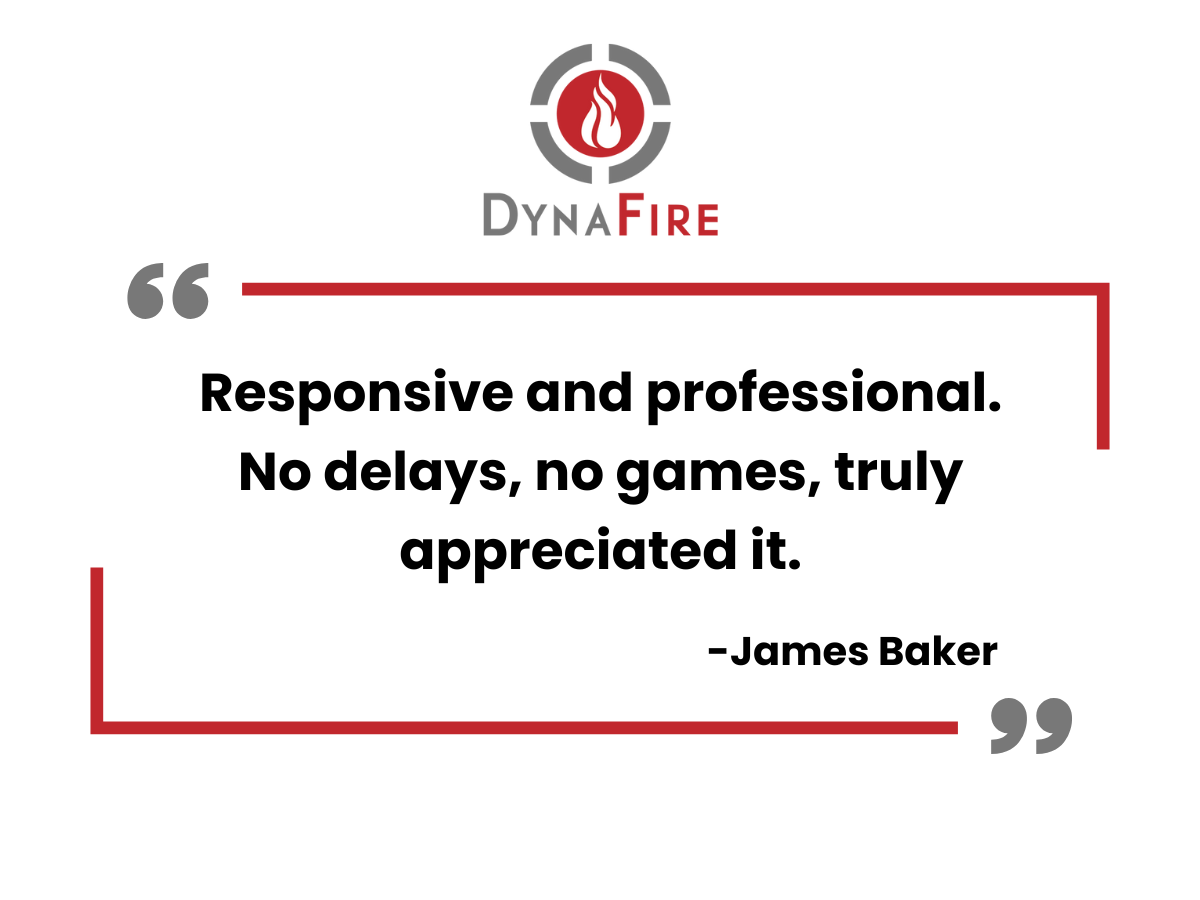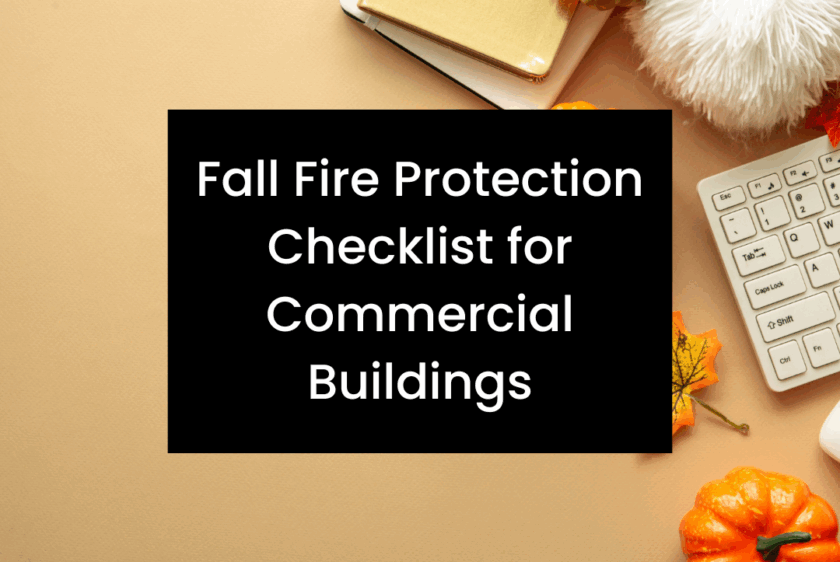Prepare your commercial building for fall with our expert fall fire safety tips. Learn how to inspect systems, prevent hazards, and ensure compliance this season.
As the leaves change and temperatures drop, commercial buildings face unique fire risks. Fall brings cooler weather, increased use of heating systems, and seasonal activities like decorating and holiday events.
Following fall fire safety tips helps protect your employees, assets, and overall business continuity. This comprehensive checklist ensures your property is prepared to prevent, detect, and respond to potential fires.
Key Areas to Inspect
Before the busy season begins, review the most critical systems in your building. Proper inspections reduce risks, ensure compliance, and provide peace of mind.
Heating Systems
Heating systems are used more heavily in the fall, making them a common source of fire hazards. Regular inspection ensures safe operation and prevents fire risks.
- Schedule professional maintenance for furnaces, boilers, and heat pumps.
- Inspect for gas leaks, faulty vents, and carbon monoxide hazards.
- Clear obstructions from vents and chimneys to prevent overheating or smoke buildup.
Electrical Systems
Electrical malfunctions are a leading cause of commercial fires. Fall is a time to ensure all circuits and equipment are in top condition.
- Check for frayed or damaged cords and replace them immediately.
- Avoid overloading outlets or circuits.
- Consider a professional electrical inspection to identify hidden hazards.
Fire Suppression Systems
Fire suppression systems are your first line of defense in an emergency. Ensuring they work correctly protects lives and property.
- Inspect fire sprinkler systems to ensure proper operation.
- Verify all fire extinguishers are fully charged and accessible.
- Test and maintain fire alarm systems for reliable detection.
Addressing Common Fall Fire Hazards
Certain seasonal activities increase the risk of fires. Proactive measures can mitigate these hazards.
Holiday Decorations
Decorations can be flammable if not properly managed.
- Use fire-resistant materials whenever possible.
- Keep decorations away from heat sources and exit routes.
- Never leave lit candles unattended.
Increased Cooking Activity
Fall often means more events, staff meals, and kitchen activity.
- Ensure kitchens and breakrooms are equipped with working fire suppression systems.
- Keep cooking areas clean and free of grease buildup.
- Never leave appliances unattended during operation.
Combustible Materials
Autumn leaves, packaging, and storage can create hidden fire hazards.
- Store flammable liquids and materials away from ignition sources.
- Maintain clear pathways and exits free of obstructions.
- Properly dispose of leaves, cardboard, and other yard waste.
Evacuation Plans and Employee Training
A robust evacuation plan ensures that everyone knows how to respond quickly in the event of a fire.
Review and Update Evacuation Plans
- Familiarize employees with evacuation routes and procedures.
- Designate outdoor meeting points for headcounts.
- Update the plan for any changes in layout, occupancy, or accessibility needs.
Conduct Fire Drills
- Practice evacuation procedures regularly to identify gaps.
- Evaluate the drills and adjust protocols as needed.
- Provide extra training for employees who require additional support.
The Importance of Fire Alarm Monitoring
Investing in a monitored fire alarm system ensures immediate response to potential fires. A monitored system provides 24/7 protection, alerting emergency services as soon as a fire is detected. This added layer of security helps prevent minor incidents from turning into major disasters.
Partnering with Fire Protection Professionals
While following this checklist is essential, professional fire protection services provide comprehensive coverage and peace of mind.
- Schedule seasonal inspections with certified technicians.
- Implement preventative maintenance programs to reduce long-term risks.
- Utilize experts for fire sprinkler inspections and fire alarm installation to ensure full compliance.
By partnering with a professional team like DynaFire, you can address potential hazards before they escalate, maintain compliance with local fire codes, and ensure your commercial building is protected throughout the fall season.
Seasonal Fire Safety Checklist Recap
To summarize, here are the key fall fire safety tips for commercial buildings:
- Inspect heating, electrical, and fire suppression systems.
- Address seasonal hazards, such as decorations, cooking, and combustible materials.
- Update and practice evacuation plans.
- Consider monitored fire alarm systems for rapid response.
- Partner with fire protection professionals for inspections and maintenance.
Implementing these tips creates a safer work environment, protects property, and ensures your business is prepared for seasonal fire risks.
Take Action Now to Protect Your Property This Fall
Don’t wait for a fire to remind you of the risks. Implementing these fall commercial fire safety tips can save lives, prevent costly damage, and ensure your business continues to operate smoothly.
Contact us today to schedule a professional fire safety inspection or fire sprinkler inspection and safeguard your commercial building this fall. Our team provides expert guidance, monitoring, and maintenance to keep your property compliant, safe, and prepared for any emergency.






